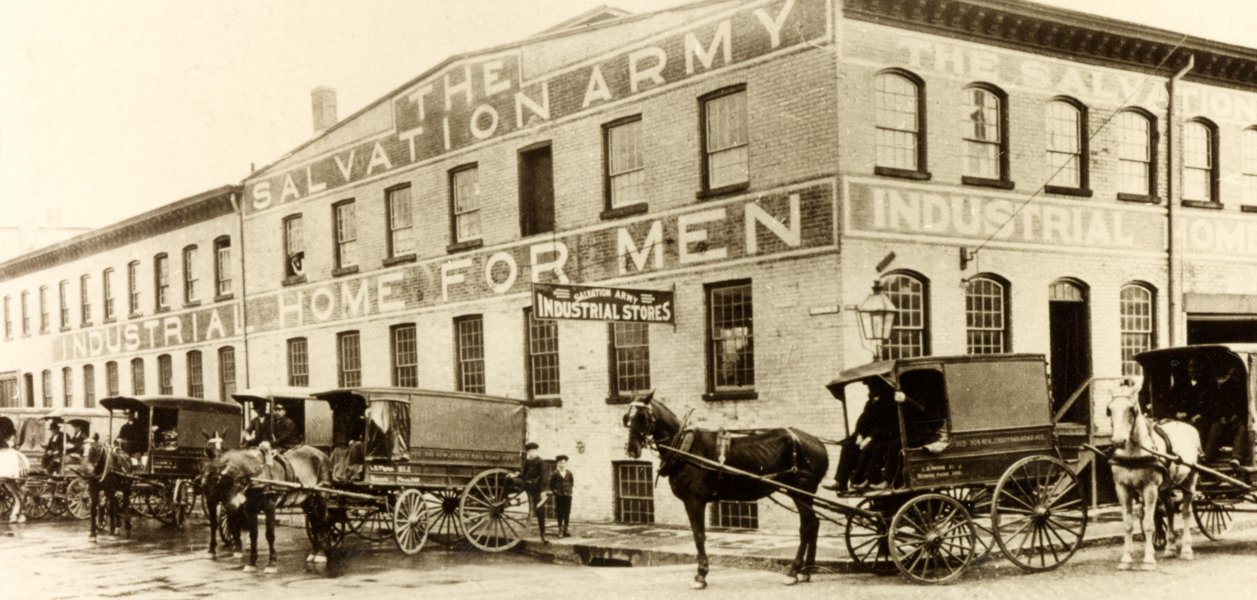Adapting to changing times
by Warren L. Maye

Rehabilitation has always been the goal of the Salvation Army’s ministry to people who are tempted to misuse substances. From its inception in 1881 when William Booth, founder of The Salvation Army, opened shelters in England for the homeless and alcohol abusers, to the 1900s in the United States where men who suffered from similar social and spiritual handicaps collected discarded cardboard and metal scraps to make ends meet, The Army sought ways to help them stabilize their lives, regain their confidence, and grow spiritually.
During the great financial depression of the 1930s, the Army’s work continued in the midst of pervasive hopelessness and despair. During the struggle for alcohol prohibition in the 1920s and the violent heroin wars of the 1960s, as well as the scourge of crack cocaine in the 1990s, Salvation Army officers and employees helped beneficiaries continue the fight for personal regeneration, spiritual salvation, and responsible behavior.
Down through those tumultuous years, The Salvation Army Adult Rehabilitation Centers (ARCs) have been there to help navigate the labyrinth of an ever–evolving societal landscape. They have further developed the program by providing a staff with more advanced education, additional support group options, and increasing the number and type of educational classes. Work therapy assignments for beneficiaries have also helped men and women find purpose and ultimately transition out of the ARC program into employment in meaningful endeavors. The ARCs have also worked with other organizations such as Alcoholics Anonymous and Narcotics Anonymous to provide 12 step programs and self–help support meetings. These activities address the underlying dilemma—coping with the problems of life.
The opioid epidemic of the 21th century is the latest substance misuse problem that has wreaked havoc in the United States. As the ARCs again adapt to what is needed to respond to this crisis, men and women in great need of assistance are instead changed and regenerated through a process that includes meaningful productive engagement, food, clothing, shelter, recreation, counseling, and spiritual guidance. As a result, many ARC beneficiaries emerge with a new sense of purpose and are trained to take care of themselves and be successful contributors in the world.
1880s
Salvation Army Founder William Booth opens shelters for homeless people who live in the streets of England. Rehabilitation begins for sufferers of alcohol misuse.
1890s
The first Thrift Store “Junk Shops” open to support the shelters and industrial homes where salvage operations and warehousing is managed.
1940s
Adult Rehabilitation Centers in the United States develop a professional counseling program. A radical initiative called “Service to Man” begins.
1950s
The Salvation Army hires professional social workers and psychologists as permanent staffers. Racial desegregation and focused, organized programs help all people rebuild their lives.
1970s
Women’s programs open and the first woman administrator is appointed.
1980s
The Salvation Army publishes a guide to Thrift Store operations. It describes the stores as a place where “Neighbors may shop with dignity.”

